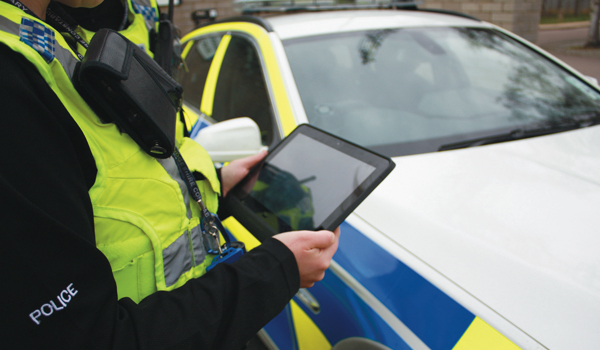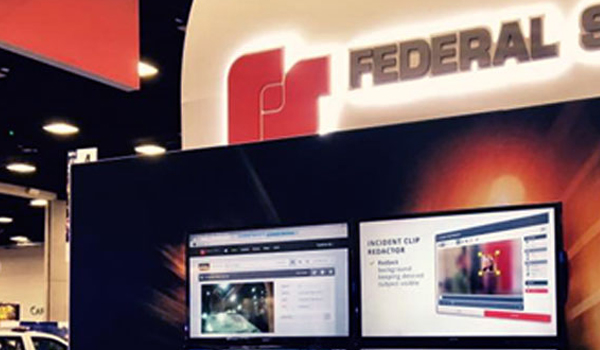Professional standards set for interactive scrutiny
This years event promises to be ground-breaking, with the emphasis placed on one continuous interactive workshop and for the first time in a conference of this type technology being used in such a way as to provide greater interactivity with the subjects, raise questions and set challenges to delegates. This will not be a conference of monologues, but of dialogue.

The technology, used previously for complex debriefings and in training scenarios, was formulated by Professor Jonathan Crego. The information gained as the conference progresses will not be lost and will be retained for later analysis.
There will be 18 tables, each with three groups of three delegates plus a dedicated facilitator. Each table will have three laptops for delegates to type in their views and questions as presentations are made.
There will be a main screen plus plasma screens so all attending can follow the presentation and feedback from all angles. The speakers will be able to take questions raised as they go along, and tables will also be wired for sound if immediate dialogue would be helpful and to make later discussions easier than the usual passing of the microphone.
Interactivity will be taken to a new level as each table is given a challenge following four of the presentations; for instance, how an issue impacts on the local community, or what are the tactical implications.
Mr Todd explained: “It is an ideal opportunity for speakers to raise issues, and for delegates to understand those issues and to work through them, subsequently providing recordable results. The net result is that delegates, senior officers acting at strategic levels and practitioners, will be the ones driving future developments at the ACPO level.”
Dr Crego and DCC Bridge will act as main facilitators to monitor and draw out the issues raised by the tables. “There will be lots of interactivity, with room for comments and questions as the presentations are made, and certain topics drawn out for further discussion.
“Every aspect will be captured to assist the committee to understand the issues later and develop their agenda,” said Mr Todd.
The Pulse Points suggested for professional standards by Mr OConnor for discussion at the conference and feedback are as follows:
n Is the police service strategy integrated into core force business and NIM driven?
n Has there been realistic risk assessment of integrity and vulnerability?
n Are staff aware of the threat and the dimensions of vulnerability (eg drugs, intelligence systems,
media, private investigation industry, property; Covert Human Intelligence Sources (CHIS) and evidence logs)?
n Are NIM principles used to identify active, latent and potential corrupt nominals?
n Are systems for handling all complaints fair, transparent and timely?
n What is level of internal reporting and number of reporting channels?
n Are lessons learned from critical incidents and complaint trends?
n Is there active chief officer leadership of all elements of strategy?
n Do structure and resources to meet reactive and proactive needs?



